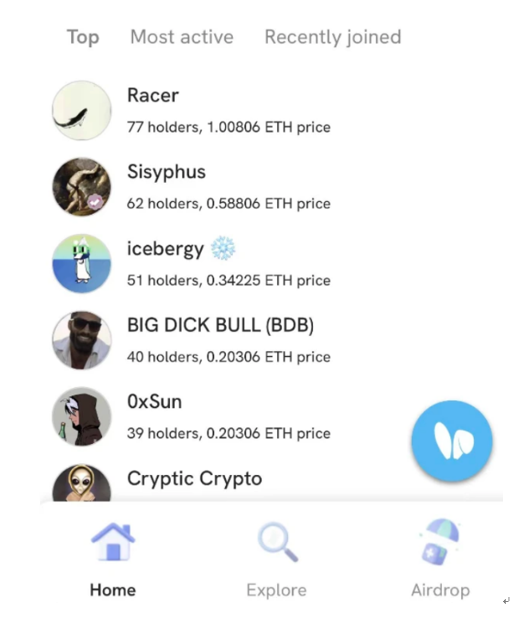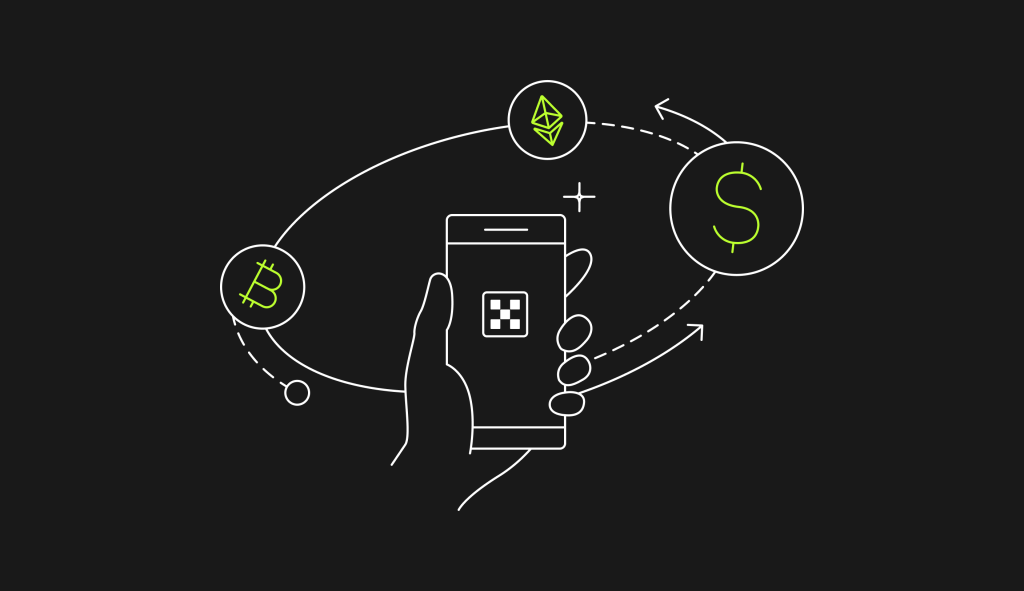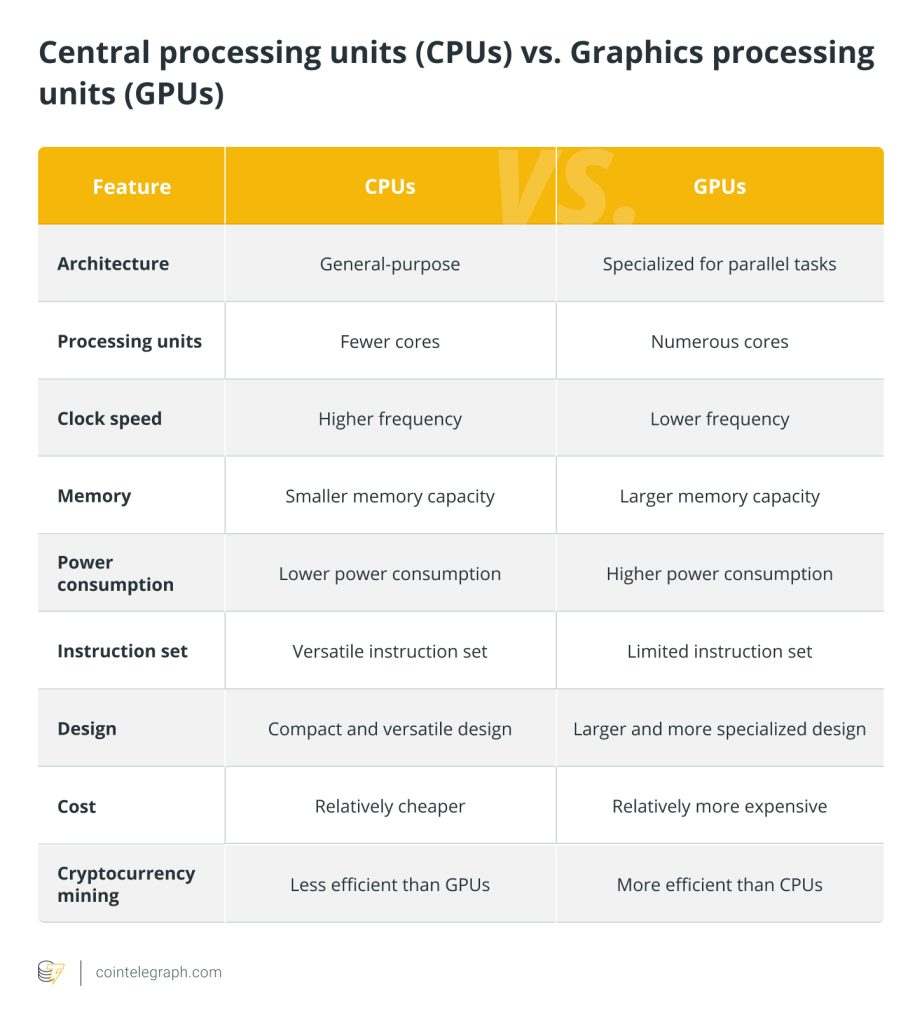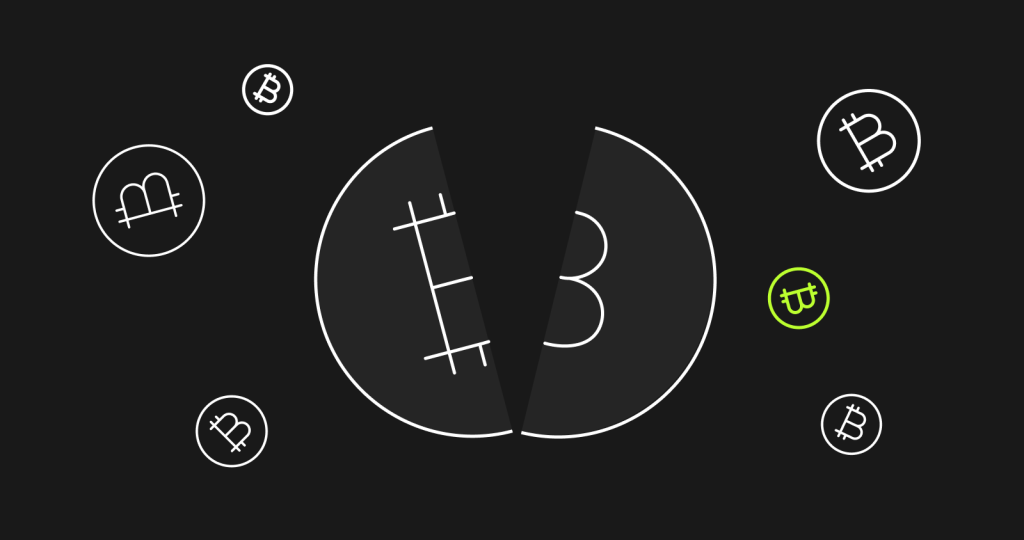What is cryptocurrency halving and what crypto assets will halve?


Abstract
Bitcoin is neither issued by an individual nor a group, but rather through a process known as "mining". The term
"halving" refers to the reduction in mining rewards for Bitcoin miners.
Bitcoin undergoes a halving approximately every four years, which is triggered by the completion of roughly every
210,000 blocks. Halvings of the Bitcoin rewards for miners are based on the rules specified by Satoshi Nakamoto in
the Bitcoin production protocol.
The fixed supply and halving mechanism of Bitcoin share many similarities with those of gold, which aligns with the
principles of deflationary currency economics.
In addition to Bitcoin, several other well-known cryptocurrencies in the market also utilize the halving mechanism.
These cryptos are essentially forks of the Bitcoin codebase, including LTC (Litecoin), BCH (Bitcoin Cash), and BSV
(Bitcoin SV). Other projects, such as DASH and ETC, are also scheduled to undergo reduction next year.
What exactly is being reduced by "halving"?
In the cryptocurrency industry, when referring to the term "halving", the first thing that typically comes to our mind is "Bitcoin halving". But what exactly is being reduced during a Bitcoin halving event?
Bitcoin was invented in 2009 by an anonymous person using the pseudonym Satoshi Nakamoto. Unlike traditional
currencies, which are issued by central banks, the issuance of Bitcoin is not determined by individuals or groups.
Instead, it is determined through a process called "mining," which involves solving complex mathematical problems
using computer resources. Bitcoin mining is a competitive process in which miners in the network compete to solve mathematical problems, which are designed to be computationally intensive and are known as cryptographic hash
functions. The goal of mining is to find a hash value that meets specific conditions, which requires a significant
amount of computational trial and error. Once a miner finds a valid hash value, they add a block to the blockchain and receive a reward in Bitcoin. A block reward includes the newly minted Bitcoin as well as transaction fees. Therefore, what "halving" reduces is the mining reward for Bitcoin miners. When Bitcoin was first launched, miners were
rewarded with 50 Bitcoins for each block they successfully mined. After four years, the reward per block was halved to 25 Bitcoins. This halving process will continue every four years until around 2140 when the circulating supply will
theoretically reach its maximum of 21 million Bitcoins, at which point the block reward will cease to exist. To better
understand the concept of the Bitcoin halving mechanism, it can be compared to a math competition where a group of people compete to solve a problem. In this case, competitors obtaining the correct answer will receive rewards,
but rewards of the competition are halved every four years.
Why does Bitcoin halving occur every "four years"?
Why is the Bitcoin halving scheduled for every four years? This is a question that many people ask when they hear about the halving of Bitcoin.
Here is a more comprehensive explanation. The timing of the Bitcoin halving is based on a specific rule: for every
210,000 blocks, the Bitcoin mining reward is cut in half for miners. But why was the number 210,000 chosen? To
answer this question, we need to go back to the early days of Bitcoin's creation when Satoshi Nakamoto designed
he Bitcoin production protocol with two key principles in mind. On the one hand, the Bitcoin network generated 50
Bitcoins per block every 10 minutes at the outset, with the algorithmic design ensuring a stable output. On the other hand, after every 210,000 blocks, the Bitcoin rewards per block are halved, starting from 50, then 25, 12.5, and so on, until the total circulating supply reaches 21 million.
Based on the Bitcoin production protocol rules, when we calculate the formula of 210,000 ÷ (365 * 24 * 6), the result
is approximately 3.995, which is very close to four years. Over time, more and more people began referring to the
halving event as "every four years". This phrasing has gained widespread acceptance due to its frequent usage.
What is the reason behind the Bitcoin halving?
In the Genesis Block of the Bitcoin network, Satoshi Nakamoto left a message that reads: "The Times 03/Jan/2009
Chancellor on the brink of a second bailout for banks." This message refers to the headline of The Times newspaper
on January 3, 2009, which reported that the UK Chancellor was considering a second bailout for the banks in
response to the immense pressure of the financial crisis. Satoshi Nakamoto's decision to include this message in the Genesis Block was not only to record a moment in time, but also to mock the traditional banking system. The
design of Bitcoin reflects Satoshi Nakamoto's rejection of the concept of “inflationary currency”. Instead, he chose to set the total supply of Bitcoin at 21 million coins, incorporating a halving mechanism that reduces the rate of coin
issuance over time.
In an article, Ethereum founder Vitalik Buterin discussed Bitcoin's production mechanism, stating, "It was designed to control inflation… You can also compare this rule to that of gold. Gold has a fixed supply on Earth, and the difficulty
of mining it continues to increase. Due to such reasons, gold has continued to serve as a store of value for centuries, making it a reliable medium of exchange. Its ability to retain its value over time has made it an internationally
recognized asset." Similarly, Bitcoin's fixed supply and halving mechanism share similarities with gold, leading many
in the cryptocurrency market to dub it "digital gold."
What are the other cryptocurrencies with halving mechanisms similar to Bitcoin?
In addition to Bitcoin, there are several well-known cryptocurrencies in the market that utilize the “halving
mechanism.” These cryptos are essentially forks of the Bitcoin codebase and utilize the Proof-of-Work (PoW)
consensus mechanism. The code of these cryptos is mostly a replica of Bitcoin, with minor modifications in certain aspects to suit their specific needs and goals. Some well-known ones include Litecoin (LTC), BCH, and BSV.
Litecoin, created by Charlie Lee in 2011, adopts a similar technological infrastructure to Bitcoin but with certain
adjustments and improvements. Litecoin has a total supply of 84 million coins, four times that of Bitcoin, and
generates one block every 2.5 minutes. Unlike Bitcoin's SHA-256 algorithm, Litecoin uses a different encryption
algorithm called Scrypt, which is more resistant to mining using ASIC chips (specialized hardware devices). The next
halving event for Litecoin is expected to occur on August 3, 2023, at which point the block reward will decrease from 12.5 LTC to 6.25 LTC.
BCH was created in August 2017 as a fork of Bitcoin, with the main objective of improving Bitcoin's scalability and
transaction speed. This move made it one of the most controversial forks in the cryptocurrency market that year. The primary difference between BCH and Bitcoin is the block size, with BCH increasing the block size to 8MB compared to Bitcoin's 1MB blocks. The next halving event for BCH is expected to occur on April 5, 2024, at which point the block
reward will decrease from 6.25 BCH to 3.125 BCH.
BSV is a spinoff fork within the BCH community. In April 2018, the BCH community released a mid-term development roadmap, which proposed “adding or reactivating several Bitcoin script opcodes to enable smart contract applications similar to Ethereum on the BCH network”. However, an Australian scientist named Craig Wright, who claimed to be Satoshi Nakamoto, strongly opposed this proposal. Wright believed that BCH should focus solely on scaling the
network instead of adding new features. This irreconcilable disagreement over the future direction of BCH ultimately
led to a hard fork in the community, resulting in the creation of BSV.
Two other notable cryptocurrencies with upcoming reduction events are Dash and ETC. Dash is a privacy-focused
cryptocurrency with its next halving event expected to take place on July 7, 2024. ETC, on the other hand, is a fork of Ethereum and its upcoming reduction event is anticipated to occur on July 11, 2024.






… [Trackback]
[…] Find More on on that Topic: x.superex.com/academys/deeplearning/1991/ […]
… [Trackback]
[…] Read More Info here on that Topic: x.superex.com/academys/deeplearning/1991/ […]
… [Trackback]
[…] Here you will find 10127 more Info to that Topic: x.superex.com/academys/deeplearning/1991/ […]
… [Trackback]
[…] Read More on to that Topic: x.superex.com/academys/deeplearning/1991/ […]
… [Trackback]
[…] Read More Info here to that Topic: x.superex.com/academys/deeplearning/1991/ […]
… [Trackback]
[…] Find More Info here on that Topic: x.superex.com/academys/deeplearning/1991/ […]
… [Trackback]
[…] Find More here to that Topic: x.superex.com/academys/deeplearning/1991/ […]
… [Trackback]
[…] Information on that Topic: x.superex.com/academys/deeplearning/1991/ […]
… [Trackback]
[…] Info to that Topic: x.superex.com/academys/deeplearning/1991/ […]
… [Trackback]
[…] Read More Information here on that Topic: x.superex.com/academys/deeplearning/1991/ […]
… [Trackback]
[…] Find More to that Topic: x.superex.com/academys/deeplearning/1991/ […]
… [Trackback]
[…] Find More on that Topic: x.superex.com/academys/deeplearning/1991/ […]
… [Trackback]
[…] Find More on on that Topic: x.superex.com/academys/deeplearning/1991/ […]
… [Trackback]
[…] Here you can find 70732 additional Information to that Topic: x.superex.com/academys/deeplearning/1991/ […]
… [Trackback]
[…] Find More on to that Topic: x.superex.com/academys/deeplearning/1991/ […]
… [Trackback]
[…] Information on that Topic: x.superex.com/academys/deeplearning/1991/ […]
… [Trackback]
[…] Read More on that Topic: x.superex.com/academys/deeplearning/1991/ […]
… [Trackback]
[…] Find More on that Topic: x.superex.com/academys/deeplearning/1991/ […]
… [Trackback]
[…] Information on that Topic: x.superex.com/academys/deeplearning/1991/ […]
… [Trackback]
[…] Read More on to that Topic: x.superex.com/academys/deeplearning/1991/ […]
… [Trackback]
[…] Read More on to that Topic: x.superex.com/academys/deeplearning/1991/ […]